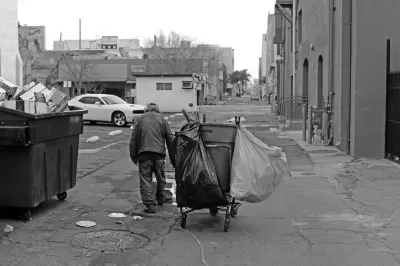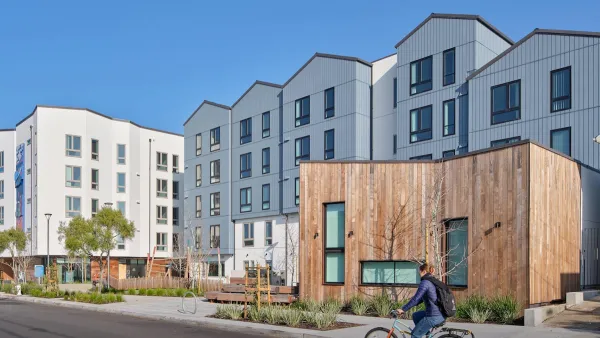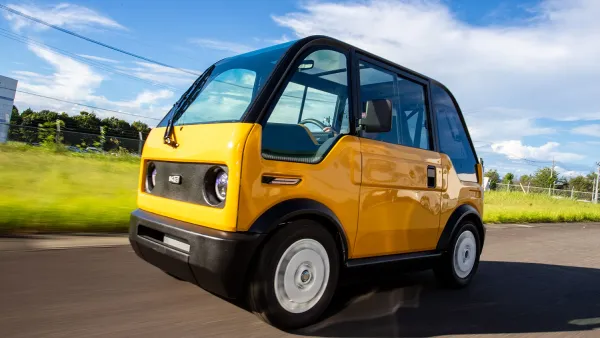"The idea of the word ‘functional’ in front of ‘zero’ is a reaction to the misperception that ending homelessness means no one ever experiences homelessness again."

On January 6 of this year, Bakersfield and Kern County, California, announced that they had reached a milestone known as “functional zero” for chronic homelessness. The narrowly defined term meant that the coalition of service providers in the area had found housing for virtually everyone in the community who had both a disabling condition and had experienced homelessness for more than a year, and that it was prepared to quickly house anyone else who entered chronic homelessness going forward. A week later, the Bakersfield Californian published a letter to the editor from a resident who noted that homelessness was still clearly visible in the city, and that with respect to officials’ claims about ending chronic homelessness, “none of this aligns with empirical evidence.” A few weeks after that, the Continuum of Care conducted the annual point in time count, which showed a substantial increase in people living on the street from the year before.
Clearly, homelessness has not ended in Bakersfield. So what does it mean to reach “functional zero” for a certain segment of the homeless population, and how significant is the achievement? For Bakersfield and other cities that have signed onto the “Built for Zero” campaign, it’s a balance between celebrating milestones that suggest ending homelessness is possible, and being clear about how much work remains before that ultimate goal can be reached.
FULL STORY: When It Comes to Ending Homelessness, What Does “Functional Zero” Really Mean?

Planetizen Federal Action Tracker
A weekly monitor of how Trump’s orders and actions are impacting planners and planning in America.

San Francisco's School District Spent $105M To Build Affordable Housing for Teachers — And That's Just the Beginning
SFUSD joins a growing list of school districts using their land holdings to address housing affordability challenges faced by their own employees.

The Tiny, Adorable $7,000 Car Turning Japan Onto EVs
The single seat Mibot charges from a regular plug as quickly as an iPad, and is about half the price of an average EV.

Seattle's Plan for Adopting Driverless Cars
Equity, safety, accessibility and affordability are front of mind as the city prepares for robotaxis and other autonomous vehicles.

As Trump Phases Out FEMA, Is It Time to Flee the Floodplains?
With less federal funding available for disaster relief efforts, the need to relocate at-risk communities is more urgent than ever.

With Protected Lanes, 460% More People Commute by Bike
For those needing more ammo, more data proving what we already knew is here.
Urban Design for Planners 1: Software Tools
This six-course series explores essential urban design concepts using open source software and equips planners with the tools they need to participate fully in the urban design process.
Planning for Universal Design
Learn the tools for implementing Universal Design in planning regulations.
Smith Gee Studio
City of Charlotte
City of Camden Redevelopment Agency
City of Astoria
Transportation Research & Education Center (TREC) at Portland State University
US High Speed Rail Association
City of Camden Redevelopment Agency
Municipality of Princeton (NJ)





























